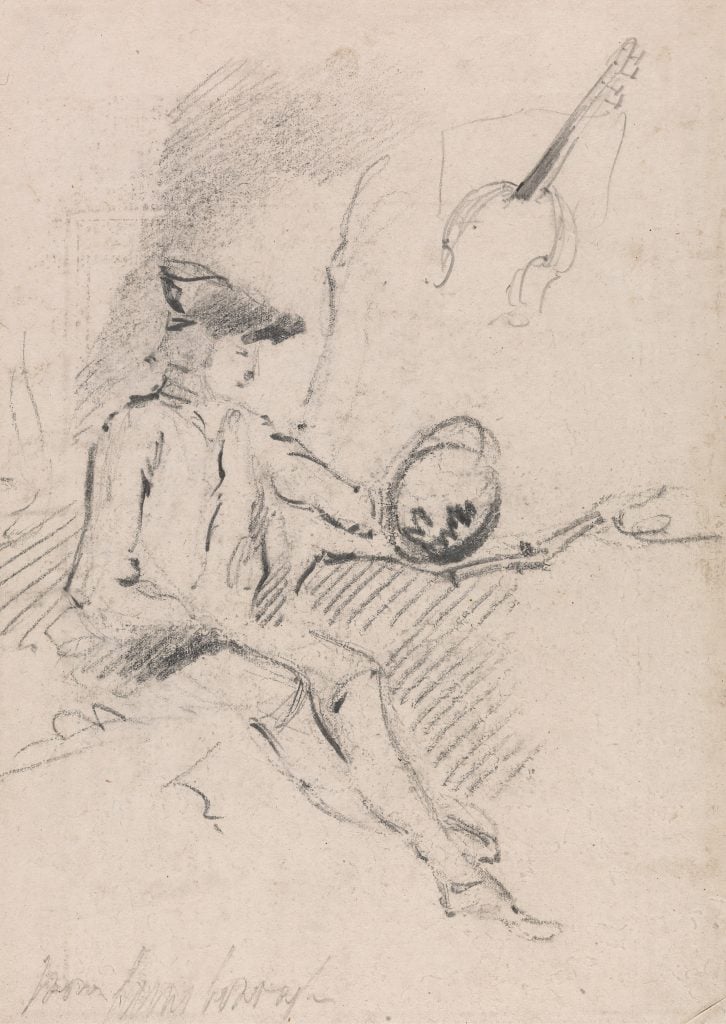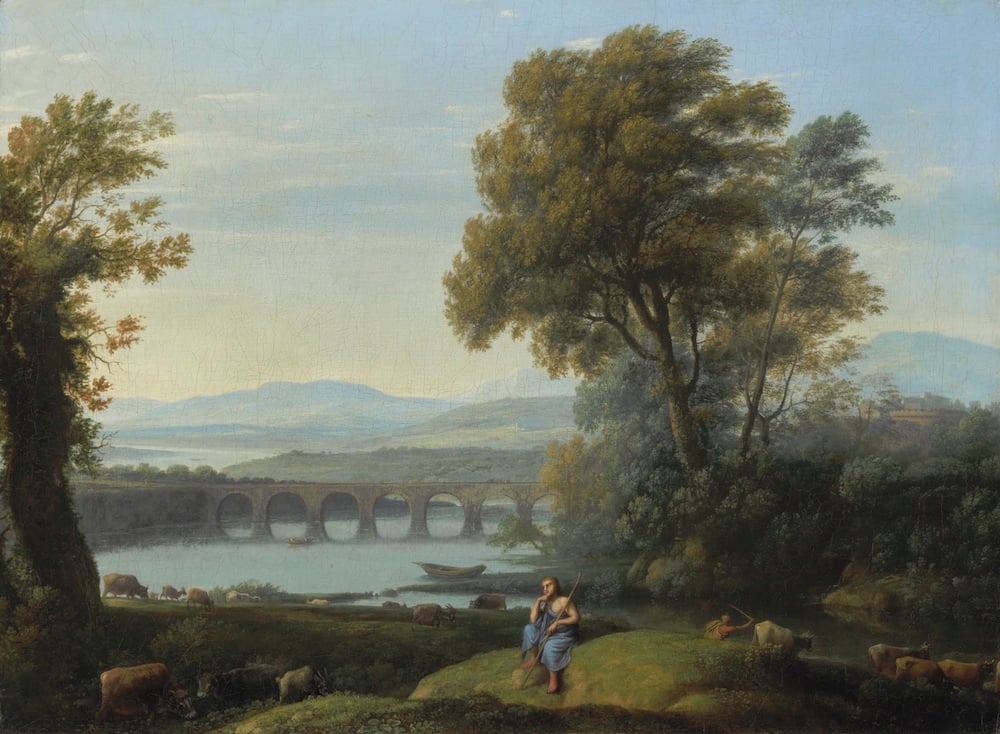Art World
Art Bites: the Instagram Filter of the Georgian Era
The device heightened and distorted reflections to make them more pleasing.

It’s a common blight of modern travel: you arrive at a scenic spot only to find a sea of tourists snapping selfies, their backs to the view. Naturally, we’re tempted to curse modernity’s superficiality and long for purer, pre-smartphone days.
Alas, our 18th-century counterparts were also enamoured with a device that altered the I.R.L. experience and acted like an Instagram filter.
It was called a Claude Glass and it became a travel essential for bourgeois adventurers who chased after picturesque landscapes in the latter 1700s. To use a Claude Glass, travelers would amble to trendy Lake District vistas or Alpine passes, sit with their back to the view, raise the hand-sized thing to shoulder height, and marvel at the view.
The device was named after the French painter Claude Lorrain whose soft-toned, idealized landscape paintings the mirror was seen to emulate. The glass consists of a slightly convex mirror that was blackened. The convexity reduced the dimensions of a sweeping landscape to the size of one’s palm. The blackened surface weakened the reflection, simplifying the scene by stressing prominent features over detail. Physics.

Claude Lorrain, Landscape with Apollo guarding the herds of Admetus and Mercury stealing them. Image courtesy Christie’s Images Ltd.
Claude Glasses often included a gold frame, which lent the holder something like the sense of being a landscape painter. Amateur artists came to rely on it, bringing with them differently colored glass slides—blue for midnight frost, for example, or yellow for breaking dawn—that allowed them to replicate the desired type of light.
The nirror’s popularity was a product of a newfound appreciation for wilderness and natural beauty that arose as an antidote to increasingly industrialized and polluted cities. One proponent was the English artist and writer William Gilpin, who in the 1760s outlined his ideal for a picturesque landscape as one that was rugged, but tempered by milder elements. Gilpin said a Claude Glass helped produce the right effect and did much to launch the craze.
With the exception of museum collections, Claude Glass are hard to come by today. Though, for the curious, the hand-sized black mirror in your pocket will likely do the trick.





